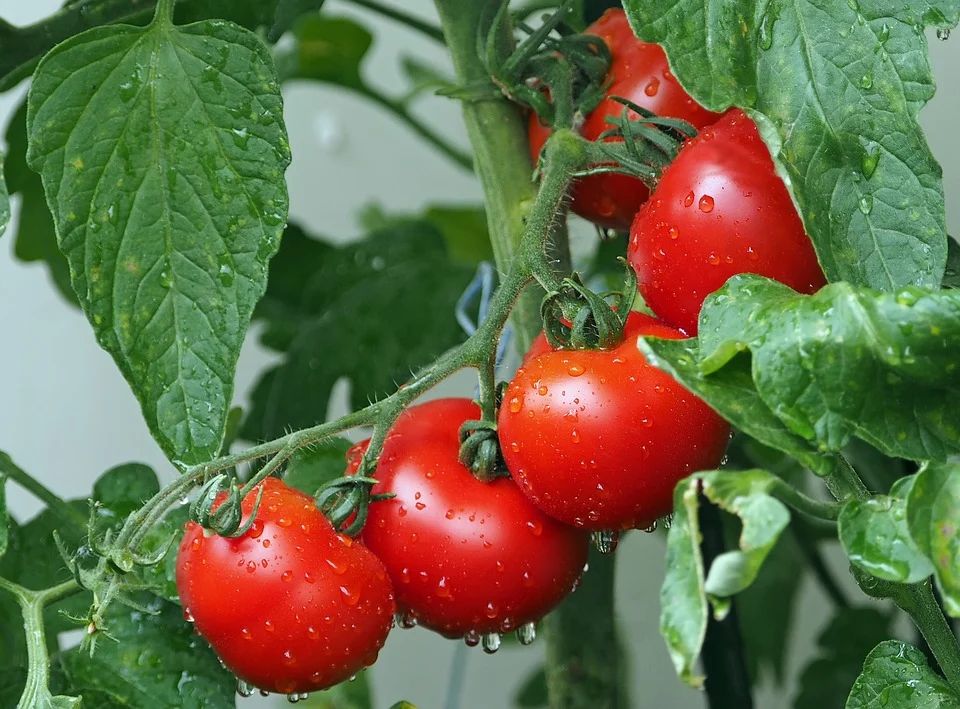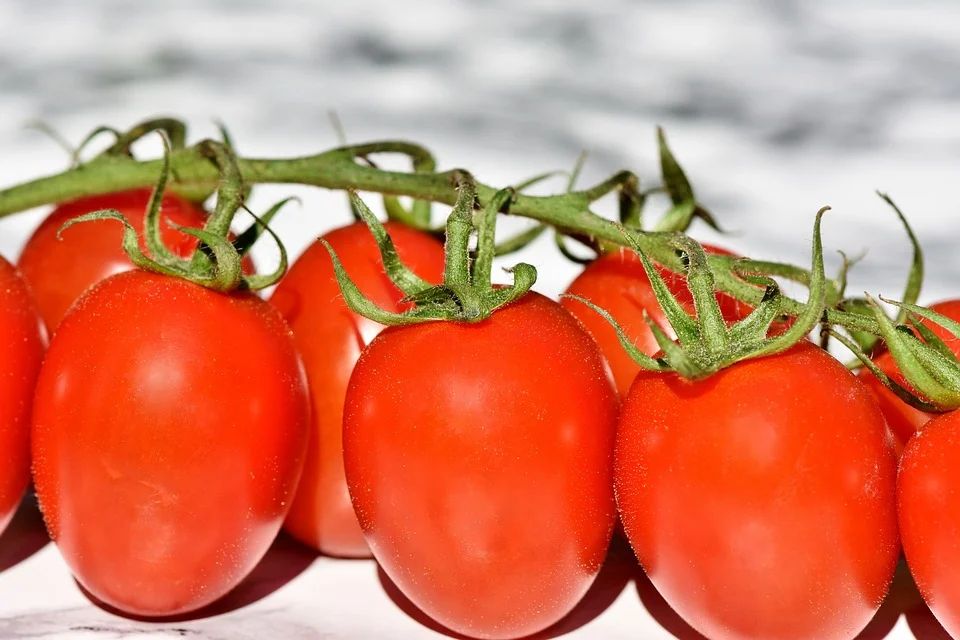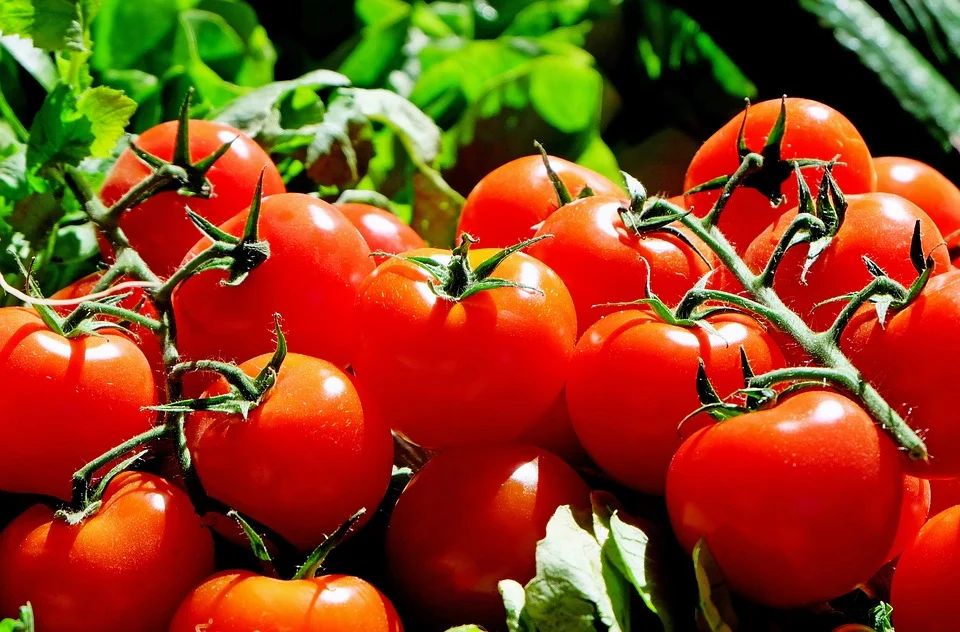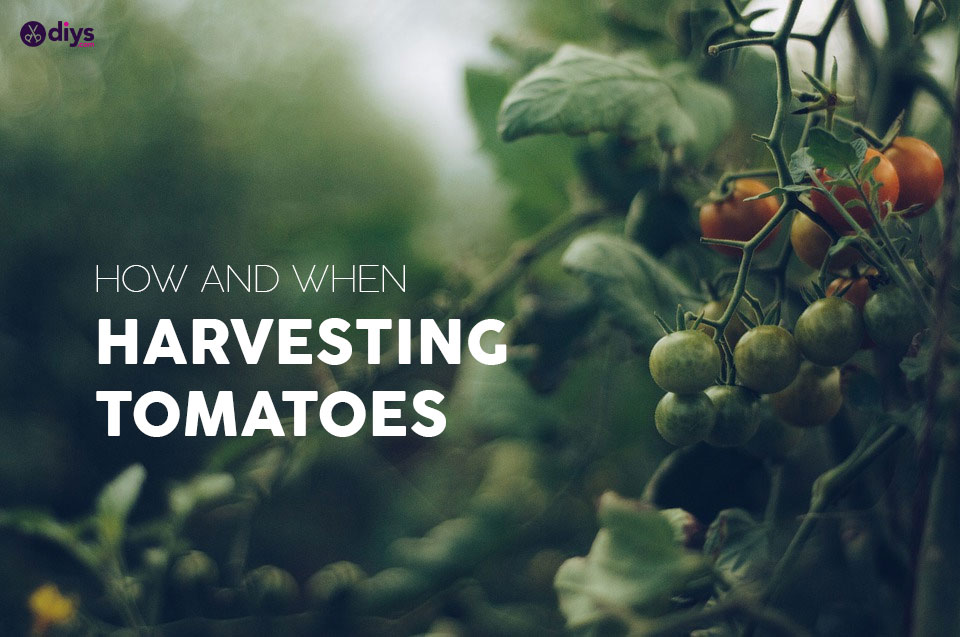When to Pick Tomatoes – How to Harvest Tomato Fruit
Say what you like about tomatoes, one fact remains, they are the queens of vegetables. In Italian cuisine, a tomato is the most important component in most dishes. Cooked, stuffed, sliced, and diced, a tomato has its place on all menus and all cultures.
Whether you grow it for its crops or its landscaping qualities, the tomato plant is a valued addition in every garden.
This is why it’s time to talk about how to grow and harvest tomatoes at home.
The Tomato at a Glance
Despite its ubiquitous presence in just about every corner of the globe, the tomato (Lycopersicon esculentum) is a native of Southern Mexico. This perennial growing mainly in the subtropics is often grown everywhere else as an annual plant. The tender stems can barely support the fruits so they tend to crawl or find support wherever they can. Some species grow as vines while others are more sprawling.
The leaves of the tomato are toothed and lobed. Yellow flowers often appear in clusters. Depending on the species, the flowers could cover the length of the stem or crowd around the tip. After pollinating, the flowers fade and are replaced with the fruits.
Some species produce fruits throughout the season while others have only one crop all year round. The fruits themselves vary in shape, size, and color from one species to the next. Some are as small as marbles while the largest tomato is as big as an apple. As for color, tomatoes come in many colors. You have green tomatoes, red, orange, yellow, white, and all shades in between. As for the shape of the fruit, it can be a plum-shaped, heart-shaped, cherry, pear, oblong, round, or oblate.
When to Pick Tomatoes
Before you plant your tomatoes, you need to know their harvest type. Early season tomatoes are the fastest to produce crops needing only about 60 days from the day you plant them.
- Midseason tomatoes will take about 80 days to produce ripe tomatoes.
- Late season ones need above 3 months from the day of planting before you can harvest the tomatoes.
Once you know what harvest type your tomatoes belong to, just mark the day of planting on a calendar to know when exactly would the fruits be ripe and ready to harvest.
How to Harvest Tomato Fruit
While some tomatoes can be gathered green and left to ripen in the kitchen, it’s always better to leave the tomatoes to reach maturity on the plant.
Since tomatoes come in different colors, the best sign that your tomato is ripe and ready is when the skin turns from dull to glossy no matter what color it is.
Keep these ripening tomatoes away from direct sun and wait for them to be fully ripe before you harvest them. Either way, you should never leave tomatoes growing until the first frost. Frost will damage the plants and the crops alike.
Tomato Varieties
In general, the humble tomato can be classified under two categories. The first is the bush type which grows tall on a solid stem. And the vining type that needs to crawl and sprawl since the stems are tender.
Bush Tomatoes
This variety doesn’t crawl nor does it need any support. The bushy top rests on a sturdy stem like a bush or a miniature tree. On average the bush tomato plant, also called determinate, grows to about 4 feet high.
Another subcategory called the dwarf tomato only reaches 2 feet when fully mature. They don’t need a lot of space and are easy to grow in a container or in a small garden. The flowers usually appear at the end of the stem and are replaced by fruits. The plant usually stops growing once the flowers bloom.
Both types produce fruits once a year, that grow and ripen together within 6 weeks.
Vining Tomatoes
Indeterminate or vining tomatoes need plenty of space to sprawl and spread out. The soft stem curls and twists around any support in the vicinity. If it cannot find support, the vines spread out on the ground covering about 4 feet.
The plant itself reaches 6 feet in length. The flowers usually cover the stem and will be replaced by the fruits after pollination. It continues to grow even after flowers and fruits grow.
You might have to prune it to keep it from covering the whole garden. The fruits appear throughout the season and the crop production is often more abundant than the determinate variety.
How to Plant Tomatoes in the Garden
To plant tomatoes in your garden, you can start them from seeds. It’s a lengthy process and involves many steps. However, it’s very rewarding since you have full control over the species of the tomato and the fruits as well.
Here are the steps.
- The best time to start the tomatoes from seeds is about 8 weeks before the last frost. Start the seeds indoors then transplant them outside after the last frost.
- Use a small pot for every two or three seeds and make sure the pot has plenty of drainage holes in it.
- Use a light potting soil mix and plant the seeds a half-inch deep. Water immediately and keep the soil moist until the seeds sprout.
- The soil should have a temperature varying between 65 to 85 degrees F for the seeds to germinate.
- Place the pots near a well-lit window or under fluorescent lights.
- After about 5 to 7 days, depending on the temperature, the seeds will germinate.
- Keep the temperature between 60 to 70 for the seedlings to grow and use a fan to create a breeze to help them become sturdy.
- Toward the end of the spring, the soil becomes warm enough to transplant the seedlings.
- Plant the seedlings in a space that shields them from direct sun for the first two weeks. Make sure the roots are deeper in the soil than they were in the pot.
- Space the plants based on their species. Bush tomatoes can be spaced 24 inches apart. Vining tomatoes have to be at least 48 inches away from each other.
- After two weeks, allow the transplanted tomato plants to get as much as 8 hours of sun every day.
- Tomatoes can be paired with basil, carrots, asparagus, onions, parsley, and marigolds to repel insects and protect the tomato berries.
Growing Tomatoes in Containers
If you want to grow your tomatoes in a container, then follow these steps.
- Grow dwarf or bush types in a container since they need the least space.
- In the early stages of their growth, the plants need a stake or cage to support them and prevent damage to the stem.
- The container needs to be in a place that gets 8 hours of sun.
- Make sure the soil is moist since the sun dries up the soil very quickly.
- If the temperature drops at night or you fear the threat of frost, move the containers indoors to a well-lit room.
Tomatoes Care
As the tomato plants grow stronger, you need to watch out for pests, protect them against diseases, and make sure they get enough water.
Watering
While some plants enjoy lots of water and others like Chinese evergreens survive on the bare minimum of water, tomato plants need a good balance between moist and wet. Since you need to keep them in the sun for long hours every day, the soil might get dry which impacts the plant’s growth and crop production. Make sure the soil gets moist but not overwatered. Also, avoid splashing water on the leaves that could lead to fungal infections. During the hot days of summer, cover the soil with a thick layer of mulch to help retain moisture and prevent the soil from drying out quickly.
Support
Whether you’re growing vining or bush tomatoes, support is important for the success of the plant. It protects the stem of the bush tomatoes against damage and keeps the fruits of the vining tomatoes from rotting if left to grow on the ground. In general, there are three types of support that you can use.
- Cages: You can use cages to train vining tomatoes to grow their leaves around the bars of the cage. This protects the leaves and flowers against insects and fungus. As the fruits appear, they will be out of reach of many pests.
- Stakes: Stakes offer better support for tomatoes that you want to grow vertically. Usually, you would prune the tomato plant to just two stems and tie them to the stakes. This saves you space and keeps the flowers and fruits safe.
- Trellis: For tomatoes, you’ll need a 6×6 inch mesh and spread it between two posts 8 feet away. The tomato will climb on the mesh and spread out whichever way they please. To manage their direction and growth, you can trim the plants. If the stem doesn’t attach well to the trellis, use rubber bands to keep them in place.
Pests and Diseases
No other vegetable attracts as many pests and diseases as the tomato plant. The most common pests include aphids, cutworms, tomato hornworms, tomato fruitworms, as well as whiteflies. Don’t use pesticides since that would contaminate the fruits, instead use a spray of water, insecticidal soap, or spinosad.
As for diseases, tomatoes are plagued with many infestations. These range from verticillium and fusarium wilt, to early blight, late blight, and bacterial diseases. Each different disease requires its own treatment. But in most cases, you’ll need to remove the infected plants and dispose of them safely to prevent the spread of the disease.



